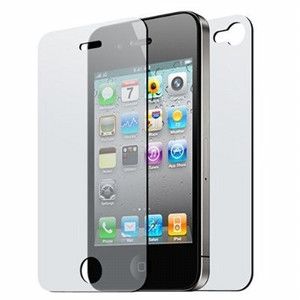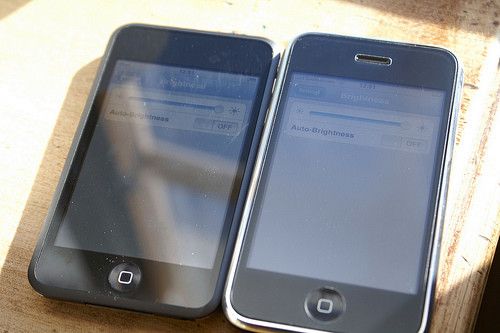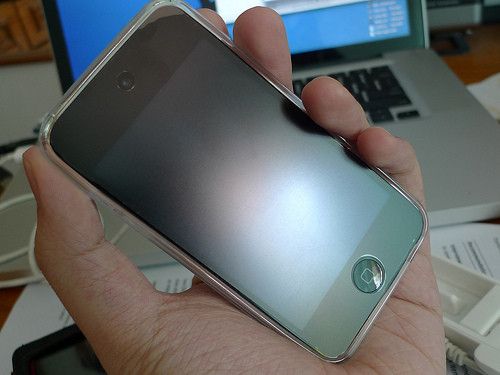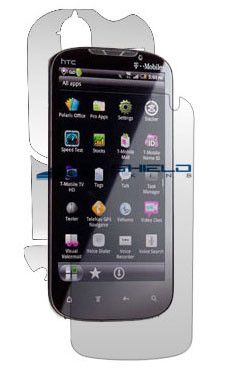Modern smartphones and tablets have big, beautiful displays. They look great when they come out of the box but they leave a device more vulnerable to both major and minor damage. A drop can shatter the display, though that’s rare. Small scratches are a more common problem.
So how do you protect your device from scratches? And do those dang screen protectors really work? Read on to find the answers to these questions and more.
Screen Protectors – Yes, They Work
A screen protector is one of the first accessories a smartphone carrier will try to bundle with a new device. You can buy three protectors for the low, low price of $15! Some people will do it without batting an eye but skeptical buyers are bound to recoil in horror. Fifteen bucks for some thin pieces of plastic? That’s a joke, right?
While the price may be wrong, the concept is right. Smartphones are meant to resist most scratches and do hold up well in most conditions. They’re only scratch-resistant, however. That’s different from scratch-proof. Many objects, including small particles of sand or gravel, can harm the screen.
A protector adds a layer of protection that can absorb what might otherwise hurt your display. Most are easy to scratch, but that’s okay because they’re cheap and easy to replace. Swapping in a new display, on the other hand, is a costly repair.
And you don’t have to spend a fortune. High-quality protectors from companies like Zagg, Tech Armor and Aduro can be had for $5 or less on Amazon. You’ll almost never find deals like this in retailers because they sell the covers alongside phones and hope buyers will grab some over-priced accessories while they’re drunk off the excitement of a new device.
Liquid Armor
One of the most unique methods of screen protection is Liquid Armor. This product, which is sold by a company called Dynaflo, promises to protect your screen without the bubbles or creases that can sometimes plague vinyl protectors. It forms a "nano-shield" which is a fancy way of saying "some gunk that absorbs scratches".
http://youtu.be/sp_l7Q9rJ4Y
Does it work? Well, just watch the video above for a demonstration. It seems to protect against damage well, though a conventional screen protector would probably perform as admirably. It’s usually sold for at least $15, however, which is a lot more than a standard protector. It’s probably not worth the cost unless a thin coat of vinyl over your display totally ruins your day.
Making Your Own Screen Protector For Less
If you’d like to save a few bucks you can make your own screen protector. The steps are simple. Just go to your local fabric store, buy the thinnest piece of vinyl you can find and then cut it with a razor blade to fit your screen.
The vinyl usually will cling to the device without the need for additional adhesives, which should be avoided if possible. If you have a case for your phone you can also try securing the vinyl by tucking it into the case. This, however, requires that you be very precise with your measurements.
Protecting Other Surfaces
Many devices now have beautiful exteriors that are also susceptible to scratching. The iPhone is the most common example but Android devices can have the same problem.
Let’s start with the obvious – a case. If you want to protect against scratches and don’t care about anything else you should buy a decent case. It will always be the best protection. But maybe you don’t want a case. That makes sense. Smartphones are expensive and attractive, so why hide them?
There are some options. Many companies that make screen protectors also sell vinyl protection for the exterior of a phone. Examples include the Zagg Invisible Shield, Skinomi Tech Skin and Shield Skin [No Longer Available]. You can easily find these for the iPhone, but they’re hard or impossible to find for many other devices.
An invisible case is another possibility. The case isn’t really invisible, of course, but it’s transparent and designed to obscure the phone’s features as little as possible. There’s not much to these cases, which means they’re cheap and don’t provide much protection against drops, but they’re a boon if scratches are your main concern.
Conclusion
My advice is simple. Buy (or make) a screen protector. Buy a case. Keep them on all the time and replace them when they begin to show signs of wear like holes, cracks or deep scratches.
That is all you need to do. You might still be in trouble if your phone is attacked by ninjas – but the phone should easily survive everything else with few or no permanent scratches.
Image Credits: Lukas Mathis, Yi Shiang




